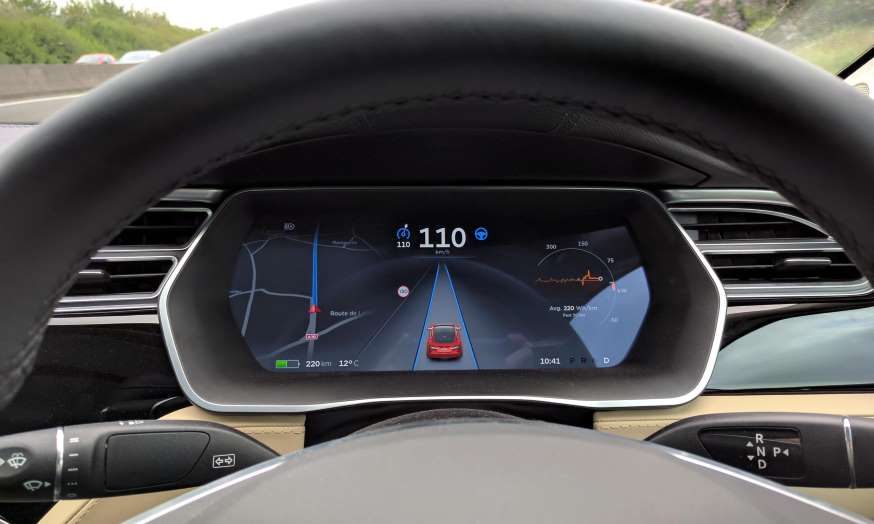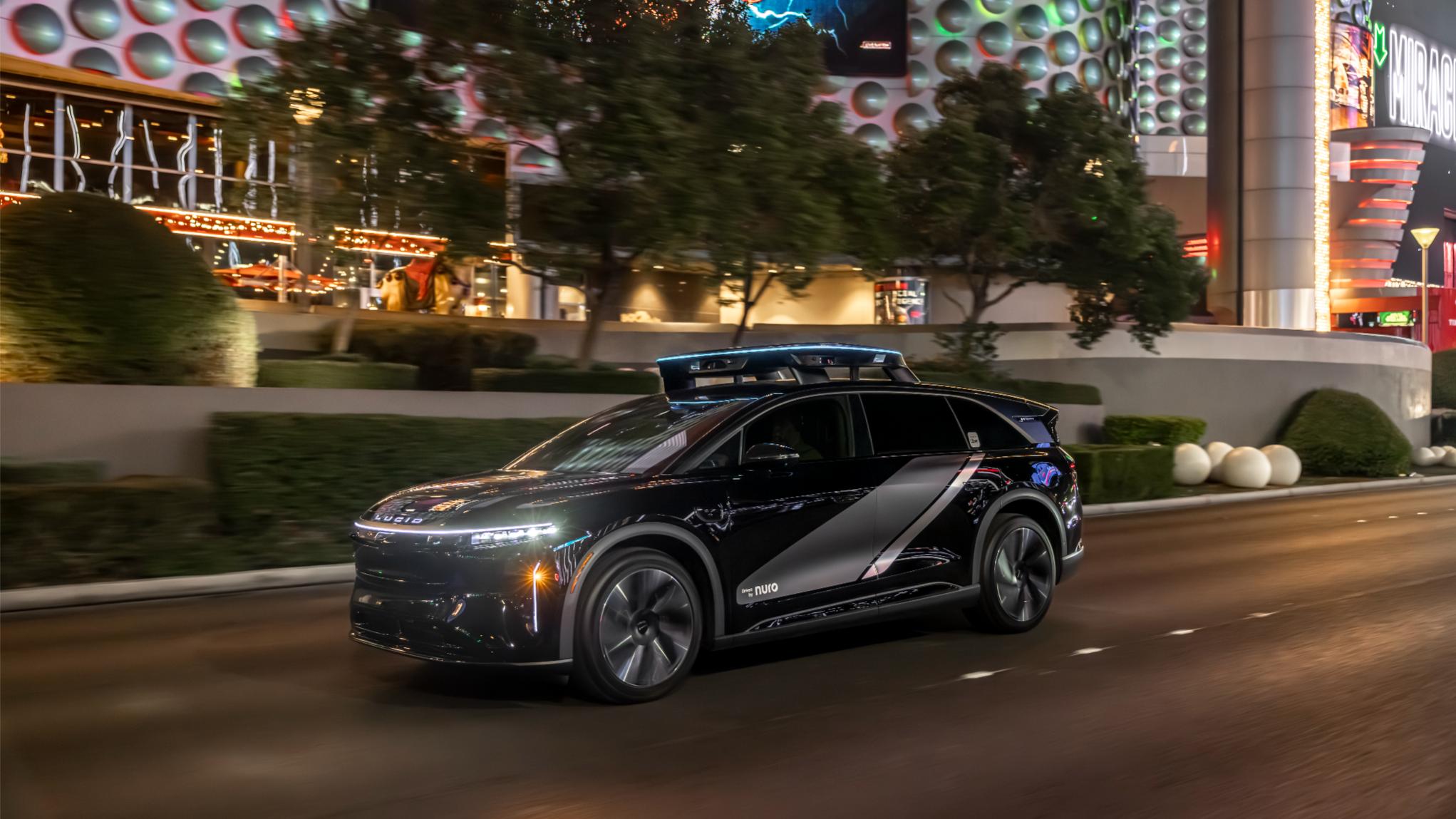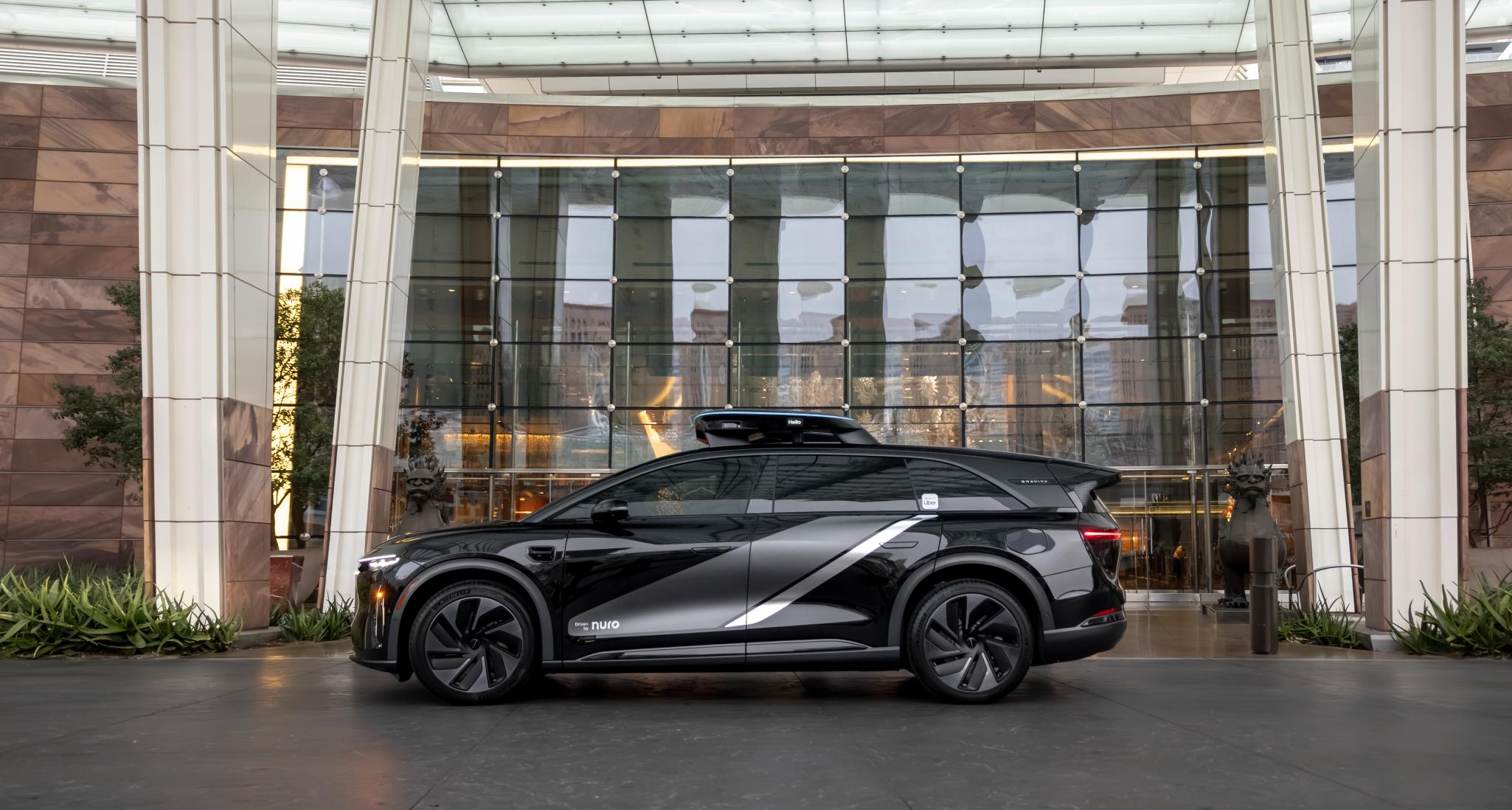News
Consumer Reports urges Tesla to disable Autopilot steering

Consumer Reports has publicly called on Tesla to disable the automatic steering portion of Autopilot in the wake of the fatal accident that took the like of Joshua Brown. Tesla’s Autopilot allows the vehicle to automatically steer, accelerate and brake when navigating highways with lane markings. It should be deactivated “until it can be reprogrammed to require drivers to keep their hands on the steering wheel,” says the consumer watchdog organization.
The editors of Consumer Reports say the name Autopilot is “misleading and potentially dangerous.” They want Tesla to block its automatic steering technology, overhaul it, and rename it. Laura MacCleery, vice president of consumer policy and mobilization for Consumer Reports, said in a statement that self-driving systems “could make our roads safer” eventually, “but today, we’re deeply concerned that consumers are being sold a pile of promises about unproven technology.”
That’s quite a reversal for an organization that tested a Tesla with Autopilot last October and reported that is “worked quite well,” given its limitations.
Tesla and Elon Musk are sticking to their guns. “Tesla is constantly introducing enhancements proven over millions of miles of internal testing to ensure that drivers supported by Autopilot remain safer than those operating without assistance,” Tesla said in a statement on July 14. “We will continue to develop, validate, and release those enhancements as the technology grows. While we appreciate well meaning advice from any individual or group, we make our decisions on the basis of real world data, not speculation by media.”
At issue are the length of time the car will continue to drive in semi-autonomous mode even when the system detects no hand on the wheel and how the system alerts drivers that it is time for them to resume direct control of the car. In a recent crash involving a Model X driving on a twisty road in Montana, the company says there was no hand on the wheel for more than 2 minutes. The car was traveling at 60 miles an hour, which means it went more than 2 miles with no human input. The driver says he was unaware the car was directing him to take control because his native language is Mandarin, not English.
Also, some drivers report they were unaware the system had handed back control to them, leaving them responsible for driving the car. Ambiguity is not in anyone’s best interests when it comes to driving a motor vehicle.
“Tesla Autopilot functions like the systems that airplane pilots use when conditions are clear,” Tesla said. “The driver is still responsible for, and ultimately in control of, the car. This is enforced with onboard monitoring and alerts. To further ensure drivers remain aware of what the car does and does not see, Tesla Autopilot also provides intuitive access to the information the car is using to inform its actions.” Some drivers feel that “intuitive access” is less successful that it could be. That’s an area that Tesla could address fairly easily by making warnings clearer and less ambiguous.
Consumer Reports’ suggestion seems more than a little over the top. Still, Tesla has to tread carefully here. Rumor and innuendo can have a strongly negative effect on consumer opinions. Some people may remember the maelstrom surrounding the Audi 5000 sudden unintended acceleration situation that happened some time ago. 60 Minutes got involved and people started calling it a “death car.” Audi sales plummeted and it almost went out of business.
There are hundreds of thousands of motor vehicle accidents every year on America’s roads. Few ever garner any media attention. Why is this one crash causing such a commotion? “If it bleeds, it leads,” is a popular expression it the news business and the media have been quick to make a cause célèbre out of Brown’s death.
Elon is not easily dissuaded from his chosen course. But there is ample evidence to suggest that human drivers are not as alert and tech savvy as perhaps the company assumes they are. The trick is to satisfy any safety concerns without stripping the Autopilot system of its life saving features. Ultimately, the question comes down to whether the death of one driver should be an excuse for failing to protect hundreds if not thousands of other drivers from injury or death.

News
Lucid and Uber team with Nuro for new robotaxi program with Gravity SUV
The plan currently is to launch it to the public in the Bay later this year.

Lucid and Uber are teaming up with Nuro to launch an autonomous robotaxi program utilizing the automaker’s Gravity SUV. The project will be unveiled at CES 2026, introducing an in-cabin rider experience completely designed by Uber, the world’s largest ride-sharing service.
Back in 2025, the partnership between the three companies was announced, aiming to launch a unique ride-sharing platform using over 20,000 Lucid vehicles equipped with the Nuro Driver technology. The vehicles are owned and operated by Uber.
The companies have already initiated some testing in the San Francisco Bay Area, which is a big step in the right direction for the project. The plan currently is to launch it to the public in the Bay later this year. Nuro will lead the testing using robotaxi engineering prototypes that are supervised by autonomous vehicle operators.
Currently, there are over 100 robotaxis in the Engineering Test Fleet.

The Gravity vehicles are fitted with a next-gen sensor array featuring high-res cameras, solid-state LiDAR sensors, and radars that will provide a 360-perception model, as well as a “purpose-built roof-mounted halo designed to maximize sensor visibility,” which is seen on top of the Gravity unit above.
The halo also has integrated LEDs to help riders more easily identify the correct vehicle by displaying their initials. The halo will also provide clear status updates from pickup through dropoff.

These units for the robotaxi program between the three companies will start being produced later this year at Lucid’s Arizona AMP-1 factory.
Uber chose the Lucid Gravity specifically due to its “unprecedented comfort” and its reputation, as it was named to Car and Driver’s 10 Best for 2026. But Uber is customizing some things for the Gravity so that it is specifically catered to robotaxi riders:
- For the first time, Uber is designing the in-vehicle rider experience, which will include interactive screens with entertainment and climate control options, as well as support contacts and vehicle maneuver requests, like a request to pull over.
- It will also have in-vehicle visualization, showing what the robotaxi sees and its path in real-time. This will be a nice transition for those who are skeptical about driverless vehicles, and will show what the vehicle and its sensors, LiDAR, and cameras see.
- The Gravity is also a sizeable SUV, which will give riders space for themselves and their luggage.

This is the latest application of a ride-hailing platform that leans on autonomy for its operation, essentially phasing out the need for human drivers in various markets, starting with the Bay Area.
More companies are dipping their toes in the project, giving them the opportunity to establish some early momentum, as there are only a handful of companies that are currently operating this in the United States. Uber, Lucid, and Nuro aim to be the next, and initiating this program at this time is big for their chance at success.
News
Tesla Cybercab test fleet expands in Austin and Bay Area
In total, the Robotaxi fleet is comprised of 139 total vehicles in both Austin and the Bay Area. The vast majority of these units are Model Y cars, but the Cybercab is the most recent addition to the fleet.

Tesla has expanded its fleet of Cybercab test units in both Austin and the Bay Area of California, as the vehicle is heading toward the first production stages, hopefully early this year.
As the first few units were spotted in Austin late last year, Tesla is now operating seven total Cybercab units in testing, three of which were spotted over the weekend in Texas. Bay Area testing just started on January 3, with both units also being added to the fleet on Saturday and Sunday.
In total, there are seven Cybercabs now operating, according to Robotaxi Tracker, each with different license plates that have been observed over the course of the last several weeks; the first unit was spotted in Austin on December 18.
The future should look like the future, indeed.
The Cybercab really changes the look of the roads, but without the shock factor of the Cybertruck. It’s a pretty good balance, imo.pic.twitter.com/PM0KbjzhxR
— TESLARATI (@Teslarati) December 22, 2025
The expansion of the Cybercab test fleet is a slow but steady process that Tesla is taking to get the car on public roads ahead of its initial production stages.
CEO Elon Musk said last week that Tesla has already started some test production phases of the vehicle at Gigafactory Texas, which is located outside of Austin.
Tesla Cybercab tests are going on overdrive with production-ready units
However, it will likely be some time before Tesla actually adds it to the fleet for rides that are available to the public. Tesla plans to build it without a steering wheel or pedals, so the company will have to reach Level 5 autonomy at that point before customers can hail rides and take it to their destination.
In total, the Robotaxi fleet is comprised of 139 total vehicles in both Austin and the Bay Area. The vast majority of these units are Model Y cars, but the Cybercab is the most recent addition to the fleet.
News
Tesla Germany’s “Giga Train’s” improved service gets rave reviews
As per recent reports, Tesla’s free “train”Giga Train” service will increase its daily trips to six starting this week.

Tesla has expanded its employee shuttle service from Berlin Ostbahnhof East Station to the Gigafactory Berlin-Brandenburg. As per recent reports, Tesla’s free “train”Giga Train” service has increased its daily trips to six starting this week.
The service has so far received positive reviews from the facility’s employees, some of whom noted that the upgraded shuttle train has reduced their travel time by a notable margin.
Giga Berlin’s expanded shuttle service
As noted in a rbb24 report, Giga Berlin’s free shuttle train now operates six times daily, up from one previously. The service also goes directly to the Model Y production facility without stopping at other stations. Tesla employee Dené Schunck described the service to rbb24 in a comment: “The shuttle goes directly to the factory site, without any transfers, which reduces the commute time for our employees by almost half,” Schunck stated.
Operated by Ostdeutsche Eisenbahngesellschaft (Odeg) after switching from Niederbarnimer Eisenbahn (NEB), Giga Berlin’s shuttle train, which also stops at Ostkreuz and Erkner, remains free for all riders, including non-Tesla employees. It has been fully funded by Tesla Germany since September 2023.
Employees praised the changes: One Giga Berlin worker stated that it “definitely makes the journey easier” because employees “used to need two hours for the round trip from Berlin, but now it’s significantly faster.”
Tesla Germany’s previous comments
In late 2025, reports emerged stating that Tesla Germany will be expanding its shuttle train service by adding direct rail trips from Berlin Ostbahnhof to Giga Berlin-Brandenburg. In a comment, Tesla Germany stated that the updated service would mirror the shift changes for the Model Y factory’s employees.
“The service includes six daily trips, which also cover our shift times. The trains will run between Berlin Ostbahnhof (with a stop at Ostkreuz) and Erkner station to the Gigafactory,” Tesla Germany noted.
At the time, Tesla Germany also stated that despite construction being done at Fangschleuse and Köpenick stations, the route of the Giga Train has been optimized to maintain a predictable 35-minute travel time. This should provide Tesla Germany’s employees with a convenient way to travel to and from Giga Berlin.








